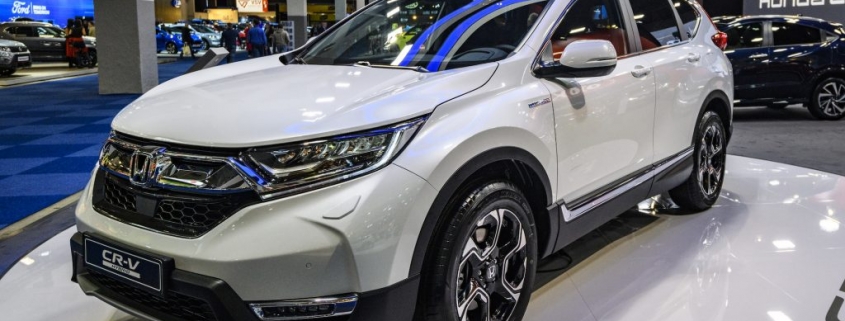CVT vs. Automatic Transmission: Is 1 Worse Than the Other?
The continuously variable transmission has grown in popularity among auto manufacturers in recent years. In fact, many modern cars have them. But are CVTs better than traditional automatic transmissions? And if so, what are their benefits?
The continuously variable transmission has been around since the late 19th century
Milton Othello Reeves, an early American automobile industry pioneer, invented the first instance of a variable-speed transmission around 1879. However, Reeves’ designed it to help sawmill workers control the speed of the large motorized circular saws.
Eventually, he followed his passion for motorcycles and automobiles, developing the “motocycle” in 1880. His motocycle also used a variable-speed transmission similar to the one he invented for the sawmill. Despite building several vehicle concepts, none of Reeves’ designs ever gained traction. Nevertheless, his innovative transmission has remained popular for over a century thanks to its versatility and multiple applications.
So, what took automakers so long to adopt the continuously variable transmission if it’s such a modern marvel? That’s a great question and one that many people ask after learning of its long history. It boils down to waiting for the mechanical technology necessary to mass-produce the CVT on such a gargantuan scale.
Johan van der Brugghen, a Dutch car designer, created the first well-known CVT design, known as the “Van Doorne” belt design, in 1928. Not until the late 1950s did the Van Doorne CVT earn its highly regarded reputation in the DAF 600 passenger car. Branded the “Variomatic,” it was the heart of all DAF vehicles, which is likely why Brugghen’s contribution tends to overshadow Reeves’.
In the 1990s, Honda innovated the CVT further with the 1996 Civic series. Nissan followed suit with its “Powertoros” from NSK-RHP installed in the Gloria, a sedan released in Japan.
CVTs vs. automatic transmissions: Pros, cons, and differences
A CVT is an automatic transmission that employs pulleys and a steel band rather than fixed gears like traditional transmissions. According to Car and Driver, a CVT provides smooth, step-less gear changes while automatically adjusting to a person’s driving style.
The best benefit is improved fuel efficiency by subduing the engine’s revolutions per minute (RPMs). With fewer moving parts than a traditional automatic transmission, CVTs have lower production costs — advantageous for vehicle manufacturers and car buyers.
Because CVTs don’t feel the same as traditional automatic transmissions, they can take getting used to. For one thing, drivers have described the engine sound as being “monotonous.”
Second, you can’t feel the gears shifting, so some drivers have expressed no connection with their car like they do with models with automatic transmissions.
Third, better fuel efficiency also means you’ll notice a diminished performance when you step on the gas. Instead of feeling an instantaneous response as with an automatic transmission, you’ll feel a small lull as the CVT band adjusts.
Last, despite the initial low cost of producing CVTs, parts are pricier, which makes repairing and replacing them more expensive. In addition, it can be difficult to find technicians who can repair CVTs because of the specialized training required. But as CVTs become more widely used, the issue has become less problematic.
Despite misconceptions, CVTs aren’t unreliable
Generally speaking, CVTs are similarly reliable as traditional automatic transmissions. Some are of the opinion that their application is better suited for smaller vehicles. Available evidence collected over the years shows that cars using CVTs don’t experience poor reliability despite the misconceptions. However, those misconceptions aren’t totally unfounded because they are a few well-known examples of reliability issues, particularly in earlier models equipped with CVTs.
RELATED: What Caused the Death of the Rotary Engine?
The post CVT vs. Automatic Transmission: Is 1 Worse Than the Other? appeared first on MotorBiscuit.







